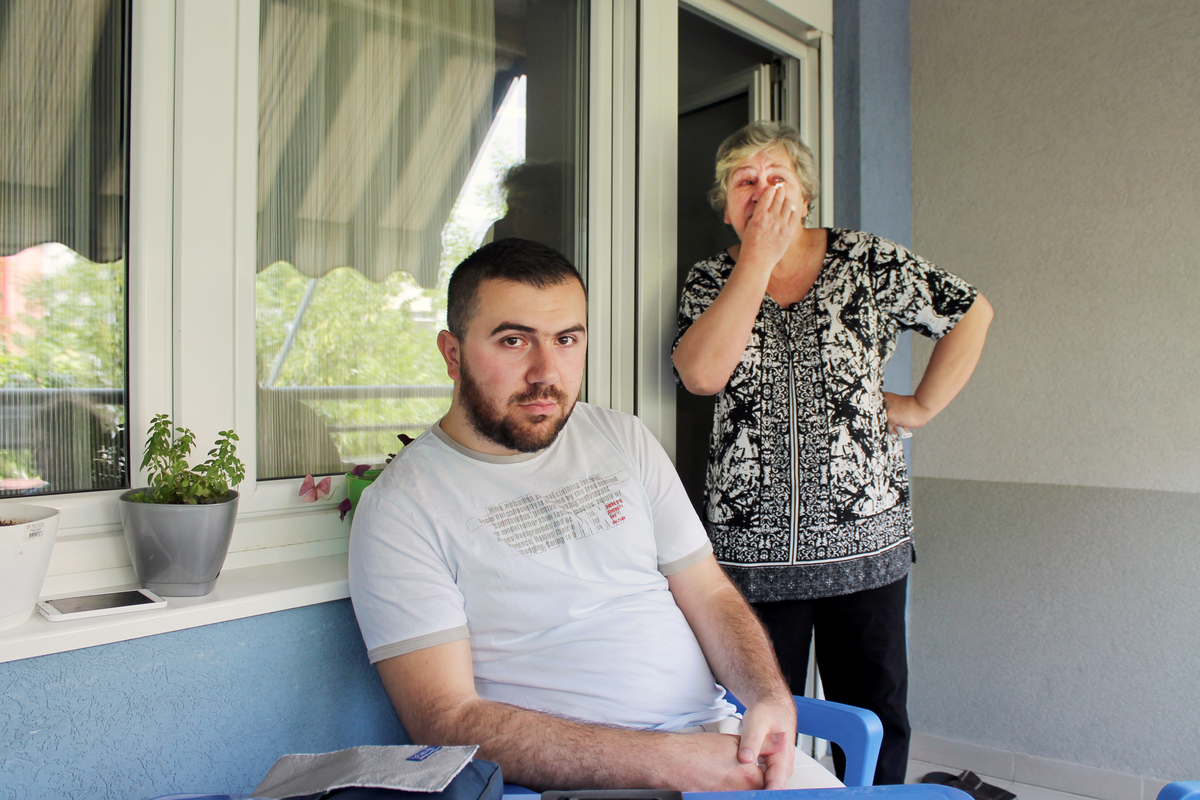Small sums go a long way to improve lives in Viet Nam's Central Highlands
Small sums go a long way to improve lives in Viet Nam's Central Highlands

CHU SE DISTRICT, Viet Nam, September 21 (UNHCR) - Schools in this part of Viet Nam's Central Highlands tend to be ramshackle affairs - single classroom buildings with thatched walls and roofs made of broad leaves, or rain-stained brick walls, corrugated iron roof and broken windows.
So the Pham Hong Thai primary school - a rare two-storey structure painted eye-popping pink - really stands out, despite the fact that its yard is still a construction site of muddy red clay.
"The children are very happy because they moved from a quite bad school to this one," said headmaster Vu Cong Dong, as workers around him varnished new wooden school benches for the children.
The US$70,000 school building, built by UNHCR with funding from the United States and the local community, opened its doors and six classrooms to pupils on September 5. It is one of the micro-projects - usually valued at U$50,000 or less - that UNHCR has undertaken in the Central Highlands.
The projects are designed to provide essential services, thereby helping Vietnamese authorities to welcome back minority Montagnard hill tribe people who left the country for Cambodia over the last two years. With better services, the Montagnards - so named by the French colonialists - should also find it easier to reintegrate in the communities they left.
In this case, local authorities have chipped in and plan to build a second structure on the school grounds to house two more classrooms, a teachers' room and a library. The new schools handles students in grades three to five.
"These micro-projects benefit the community to provide some services and facilities which were lacking, and they address the specific problems which may in some cases be the root cause for people to leave in the first place," said Giuseppe de Vincentis, deputy head of UNHCR's regional office in Bangkok, during a recent visit to the school.
The school, said de Vincentis, "is a good example of how a project can have a positive impact on the population, being completed in a short time in a very effective manner."
In addition to the school in Chu Se district, UNHCR has also built and provided medical equipment for three health clinics in la Grai district that provide basic health care and can refer serious cases to the district hospital.
"Our programme fills the gaps between government programmes and local requirements," said Vu Anh Son, head of UNHCR's operations in Viet Nam.
De Vincentis added that UNHCR was soliciting additional proposals from local Vietnamese authorities because many foreign embassies were interested in financing further micro-projects.
Inside a bright new classroom of the primary school, a mathematics teacher dressed in a bright blue traditional Vietnamese ao dai dress helped schoolchildren add up a series of complicated fractions.
Said the satisfied headmaster, Vu Cong Dong: "Certainly it's easier to learn in a school like this because the children can focus."
By Kitty McKinsey in Chu Se District, Viet Nam







